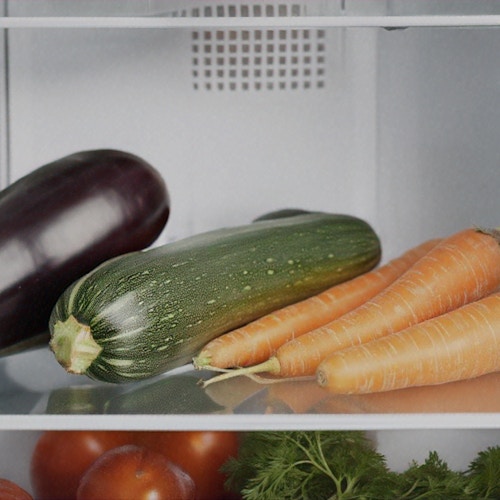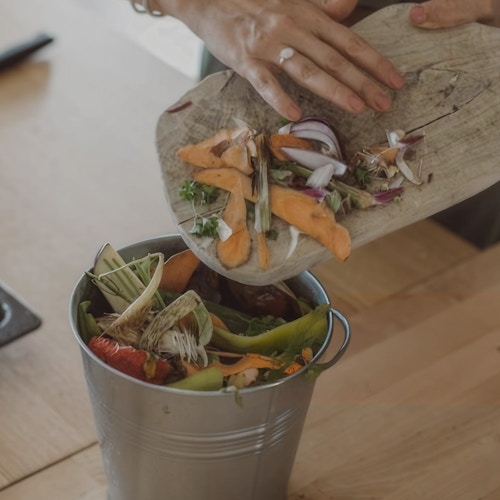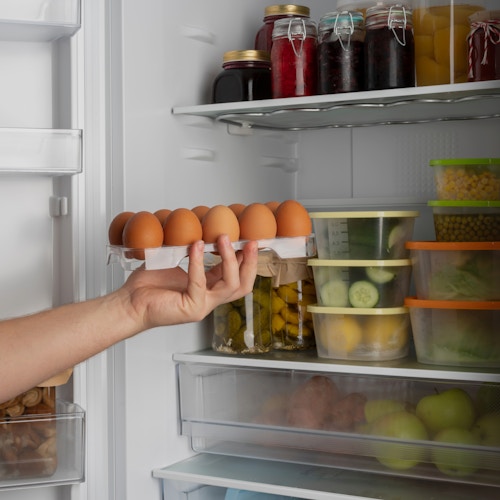
Food waste: 3+1 interesting facts that will change the way you experience food
→
Did you know that approximately one-third of the world's food production ends up in landfills, contributing to greenhouse gas emissions? Let's explore 3+1 facts that might help you see your food under a new light and bring positive change.
- What is food waste
- Why is food waste such a big problem
- Fact 1: You burn through a considerable amount of cash
- Fact 2: Landfills and greenhouse gasses, the environmental price of uneaten meals
- Fact 3: Your government is already doing something about it
- Fact 4: You can fight food waste in your home - Shelfy: your ally against food waste
What is food waste
Since February 5th is Italy’s National Food Waste Prevention Day, we want to dedicate this blog post to raise awareness of the issue of food waste and highlight the consequences that this waste has economically and environmentally, but not only.
Food waste is one of the biggest problems in our society today, but it’s also very often underrated. How many times do we throw away food without even thinking about it? How many times do we choose one vegetable over another just because it looks better? It’s small actions like these that combined make food waste the issue it is today.
Let’s start with some definitions to paint the context. The term food waste refers specifically to food that is fit for consumption but consciously discarded at the retail or consumption phases, while with food loss we indicate the food that is lost before even reaching the consumer (Harvard Edu).
The U.S. Department of Agriculture (USDA) estimates that 30-40% of the food supply in the United States is wasted each year. This loss can happen at any stage, from farming to transporting to retail. In 2010 this waste corresponded to approximately $161 billion worth of food. This is a mind-boggling number, and it’s not hard to imagine the consequences of this are really huge.
It’s really easy to forget how much food we waste as a society, since most of the waste doesn’t happen in front of our eyes. Looking at the numbers however can help us grasp better the magnitude of the problem. According to the FAO (Food and Agriculture Organization of the United Nations), 45% of all fruits and vegetables are wasted every year. This concerns also other food groups: 30% of cereals, 35% of fish, 20% of meat and of dairy products. This means that almost one third of each food group is wasted.
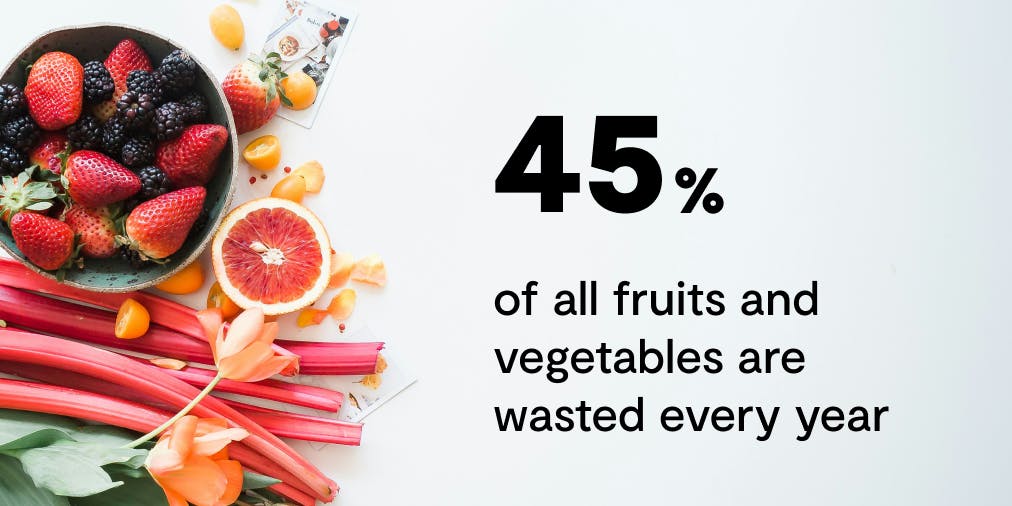
Why is food waste such a big problem
The consequences of food waste are not limited to food, but also extend to the environment and the economy.
The following facts will give you a better understanding of the extent of the problem that is food waste, but also offer some solutions to this. By raising awareness, making some small changes in our daily life and receiving support from our government, we can make a difference, but we have to act now.
Fact 1: You burn through a considerable amount of cash
Every time you toss out that half-eaten salad or those leftovers from last night's dinner, you're basically throwing your hard-earned money in the garbage. It might seem a small amount at the moment, just a couple of dollars, but all these little sums add up to a considerable amount.
It represents a great financial loss for individuals, households, businesses, and the economy alike. This includes not only the cost of the food itself, but also the costs of purchasing, producing, transporting and storing. It involves the food supply chain as a whole.
So the economic side is not to be underestimated: around 1.3 billion tonnes of food are wasted every year (about one third of all food produced), which costs the economy almost $940 billion yearly, said FAO in 2011.
Fact 2: Landfills and greenhouse gasses, the environmental price of uneaten meals
To start by stating the obvious, the production of food requires valuable resources such as water, land, and energy. So when food is wasted, we are effectively squandering these precious resources, making the problem even worse.
What is a bit less obvious, is the amount of greenhouse gasses that are emitted as a result of this. When food is decomposing in landfills, it produces methane, a potent greenhouse gas that contributes enormously to climate change.
There are some estimates from the UNEP Food Waste Index 2021 which suggest that 8-10% of global greenhouse gas emissions are associated with food that is wasted. According to the FAO, the carbon footprint associated with food waste is estimated to be 3.3 billion tonnes of CO2 every year.
The EPA says that more than 85% of greenhouse gas emissions from landfills due to wasted food result from activities prior to disposal (meaning production, transport, processing, and distribution). The best way to reduce these emissions is to prevent food waste in the first place.
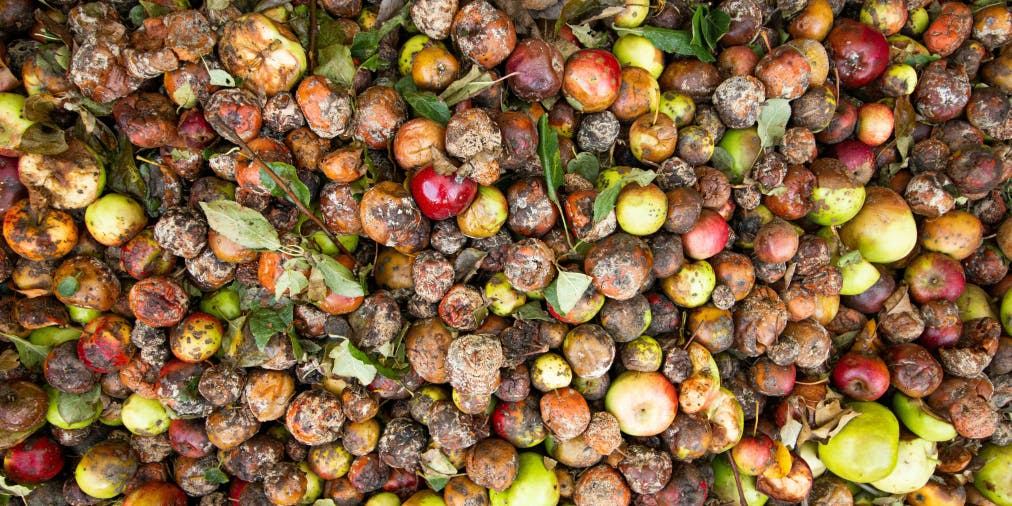
Fact 3: Your government is already doing something about it
In 2015 the USDA and EPA announced the 2030 Food Loss and Waste Reduction goal, which plans to reduce food waste and food loss by half before 2030. Many businesses and organizations have already made a public commitment to participate in this initiative and reduce food waste in their own operations in the US.
But that’s not all, the USDA has many activities planned to reduce and prevent this problem from different levels: educational projects, supporting rural countries (such as the Rural Iowa Food Waste Reduction Project), investing in new technologies and more research to develop more solutions and improving the existing ones.
Fact 4: You can fight food waste in your home
Did you know that you can fight food waste just starting from your home? Yes, you’ve heard that right! There are many simple tips you can follow in your kitchen to make sure you can avoid throwing away food, such as planning in advance and using food scraps.
But we have a tip which is even more effective…

Shelfy: your ally against food waste
Shelfy, our smart device for your refrigerator, is the perfect solution to fight food waste! It extends the shelf life of your fresh food by up to 12 days longer, delaying the appearance of wilting and rotting. In just 10 minutes, Shelfy can kill up to 98% of bacteria in the air. It also helps reduce odors - that lingering fish or cheese smells that alter the taste of your food is a thing of the past thanks to Shelfy.
And don’t miss out on its smart features: by connecting it to the Vitesy Hub app, you can monitor your fridge openings and the temperature to make sure your refrigerator is working at its best conditions.It will also send you reminders to clean the filter (completely washable and reusable) and the fridge, so you can count on Shelfy to take care of your whole fridge environment.

